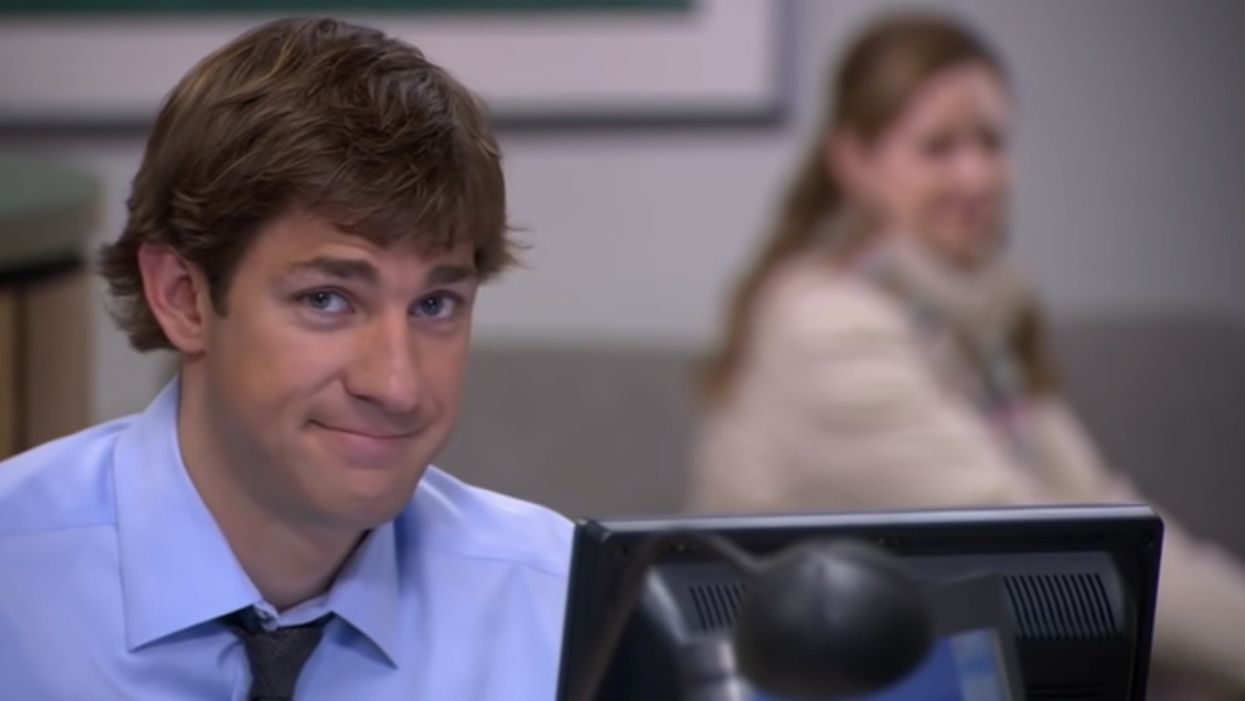Tips and Tricks from 'The Office' Cinematography
Mockumentary style is hard to nail. How did the cinematography on The Office always pop?

One of the coolest things about The Office is how they transport you into a paper company in Scranton, Pennsylvania via mockumentary style. The shows writing and stars get most of the glamour, but as I rewatch this epic series, I am in awe of the cinematography.
All of the camera work on the show benefits the story in subtle and unusual ways.
Today I want to go over some tips and tricks they use to deepen the audience's connection with the story and look at how you can use these techniques in your work.
Check out this video on the cinematography of The Office from Jessie Tribble and let's talk after!
Tips and Tricks from 'The Office' Cinematography
The cinematography in a mockumentary is unlike any other camerawork out there. Since the characters in the fictional show are aware there are cameras, the DP has almost a meta-presence on the set. The camera is not only a lens for the audience but the person behind it.
The camera work shapes the narrative and participates in the story in all sorts of productive ways that are not traditional in television or films.
Let's look at a few examples!
1. Going Handheld
Most of the shots in The Office are locked down on sticks, but occasionally the production goes handheld to give the audience a look into what it's like when things go out of control. Any time a character chases someone or they have to pick up and move fast, we get a sense of urgency and excitement.
The story already has a number of voyeuristic qualities, but this out-of-control movement really drops us into the world and forces us to get on the edge of our seats for whatever could happen next.
2. Pan for payoffs
The pan is one of the most generic camera moves, but in a mockumentary, it's crucial for payoffs. You can pan for a joke reveal, pan for emotion, and pan for reactions. Since most of the show is shot on sticks, these pans always work out.
All you have to do is stage them correctly and pay them off.
3. Zooms and snap zooms can cover literally anything
Since the story takes place in "reality", we have an acceptance that the cameras won't always be in the best place to capture a reaction or action shot. That gives the zooms an opportunity to capitalize on anything that's funny/angry/a discovery/or mistakes.
And snap zooms also carry the ability to shoot close-ups without making the show feel cinematic or unnatural. We can immediately push in on someone and understand the shot has the effect of a movie shot but keeps us within the reality of the show.
Like it's a documentary built in the edit.
What's next? Learn 50+ camera moves and terms!
Have you ever been overwhelmed at the possibility of every camera angle, framing, and shot type available as a filmmaker? Us too. So we provided a cheat sheet with definitions for you!
Click to learn!
Source: Jessie Tribble














